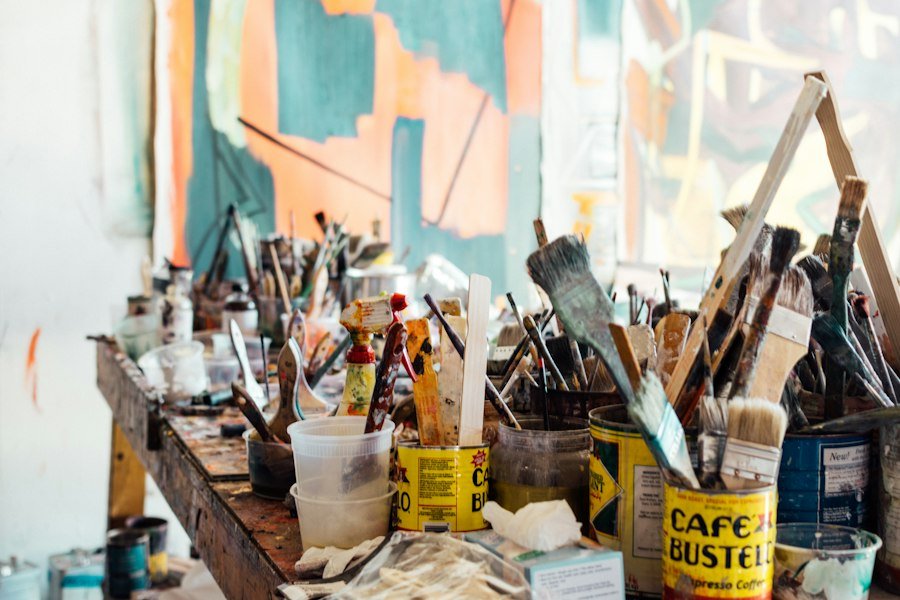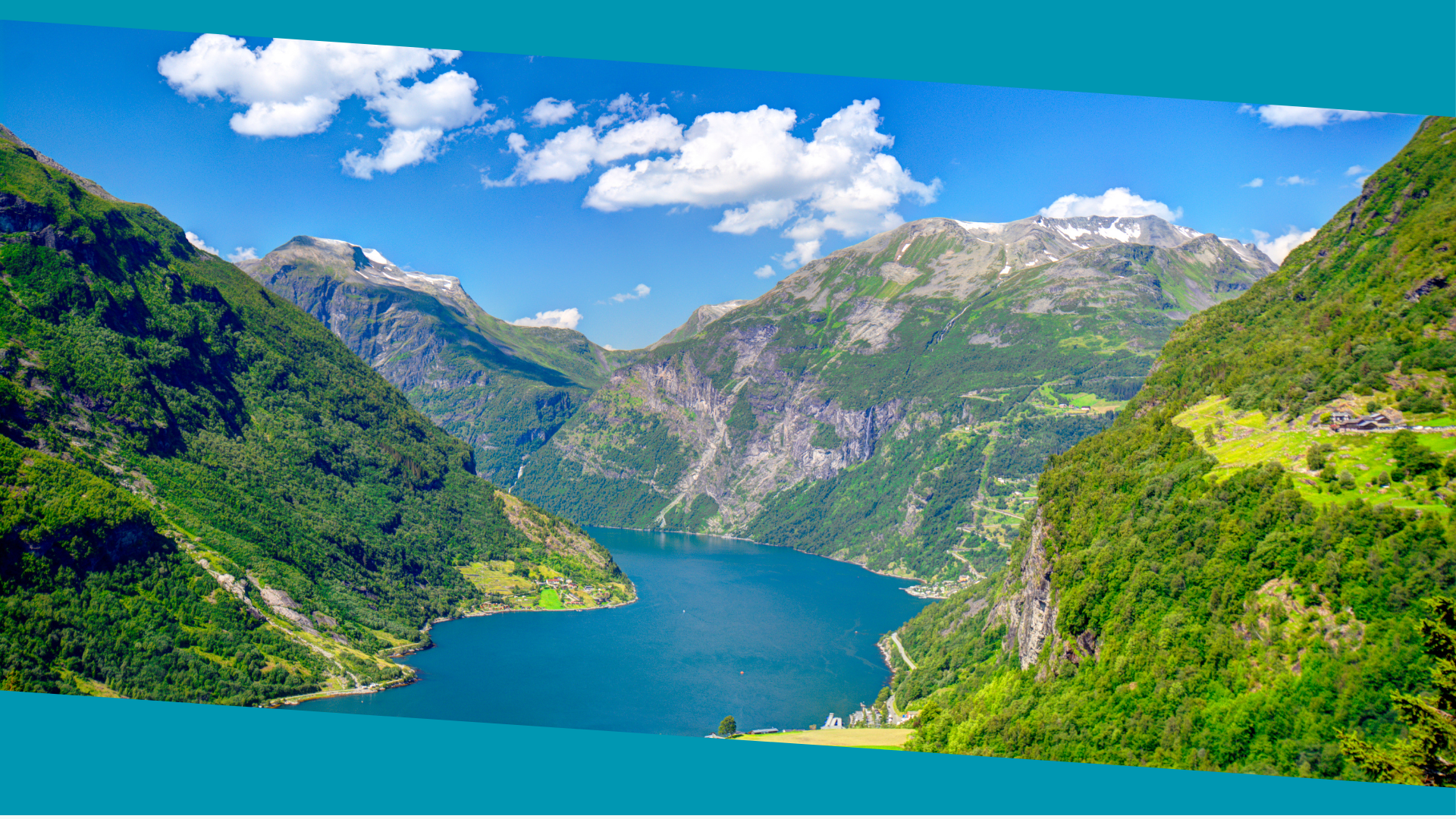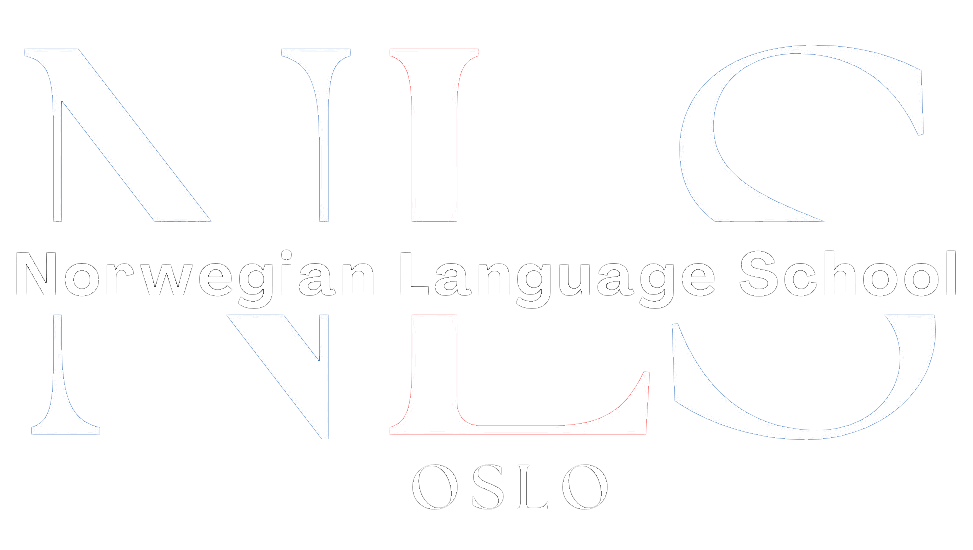

Art, Music, and Culture: Norwegian Language Insights
Norway, located in Northern Europe, is known for its stunning fjords, picturesque landscapes, and rich cultural heritage. The country has a long and fascinating history, with roots dating back to the Viking Age. Today, Norway is a modern and prosperous nation that values its language and culture as integral parts of its identity.
Language and culture play a crucial role in understanding a country’s identity. They shape the way people think, communicate, and interact with one another. In the case of Norway, the Norwegian language and culture are deeply intertwined, reflecting the values and beliefs of its people.
Table of Contents
ToggleKey Takeaways
- Norwegian language and culture are closely intertwined, with a strong emphasis on community and nature.
- Art plays a significant role in Norwegian society, with a focus on promoting social justice and equality.
- Music traditions in Norway range from traditional folk music to contemporary genres, with a strong emphasis on storytelling.
- Folklore is an important part of Norwegian culture, with tales of trolls, elves, and other mythical creatures still prevalent today.
- The Norwegian language has evolved over time, with influences from Old Norse, Danish, and other languages.
- Norwegian literature has a rich history, from the sagas of the Vikings to modern-day authors like Jo Nesbø.
- Norwegian cinema offers a unique perspective on the country’s culture and values, with a focus on realism and social issues.
- Norwegian fashion and design are known for their minimalist and sustainable approach, with a focus on functionality and simplicity.
- Norwegian culinary traditions are diverse, with a strong emphasis on seafood and regional specialties like brown cheese.
- Celebrating Norwegian holidays and festivals offers a glimpse into the country’s cultural heritage, from the winter solstice celebration of Jul to the colorful costumes of Syttende Mai.
The Role of Art in Norwegian Society
Art has always been an important aspect of Norwegian society, serving as a reflection of its values and beliefs. From traditional folk art to contemporary works, Norwegian artists have made significant contributions to the cultural landscape of the country.
The Norwegian government recognizes the importance of supporting the arts and cultural institutions. It provides funding and resources to promote artistic expression and preserve cultural heritage. This support has allowed artists to thrive and has contributed to the vibrant arts scene in Norway.
Some famous Norwegian artists include Edvard Munch, known for his iconic painting “The Scream,” and Henrik Ibsen, a renowned playwright whose works continue to be performed worldwide. These artists have had a profound impact on society, challenging norms and pushing boundaries through their art.
Music Traditions in Norway: From Folk to Contemporary
Norwegian music has a rich history that spans centuries. Traditional Norwegian music is deeply rooted in folk traditions, with distinct genres such as the hardanger fiddle music and the ancient vocal tradition called kulokk.
Throughout history, Norway has been influenced by its neighboring countries, such as Sweden and Denmark. These influences can be seen in Norwegian music, which has evolved over time to incorporate elements from different cultures.
In recent years, contemporary Norwegian music has gained international recognition. Artists like Kygo and Aurora have achieved global success, bringing Norwegian music to a wider audience. Their unique sound, which blends traditional folk elements with modern electronic beats, has captivated listeners around the world.
The Importance of Folklore in Norwegian Culture
| Metrics | Importance |
|---|---|
| Preservation of history and traditions | Folklore serves as a means of preserving Norway’s rich history and traditions, which are passed down from generation to generation through stories, songs, and dances. |
| Identity and national pride | Folklore is an integral part of Norwegian identity and national pride, as it reflects the country’s unique cultural heritage and helps to distinguish it from other nations. |
| Tourism and economy | Folklore plays a significant role in Norway’s tourism industry, attracting visitors from around the world who are interested in experiencing the country’s traditional music, dance, and festivals. This, in turn, contributes to the country’s economy. |
| Social cohesion and community building | Folklore brings people together and fosters a sense of community and social cohesion, as it provides a shared cultural experience that can be enjoyed by all. |
| Creative expression and artistic innovation | Folklore inspires creative expression and artistic innovation, as artists and musicians draw on traditional themes and motifs to create new works that reflect contemporary Norwegian culture. |
Folklore plays a significant role in Norwegian culture, serving as a way to preserve and pass down traditions from one generation to the next. It encompasses a wide range of stories, myths, and legends that are deeply ingrained in the Norwegian identity.
Popular Norwegian folktales include “The Three Billy Goats Gruff” and “The Ash Lad,” which have been told for centuries and continue to be cherished by both children and adults. These stories often contain moral lessons and reflect the values and beliefs of Norwegian society.
To preserve folklore, Norway has established museums and festivals dedicated to showcasing traditional stories and customs. The Norsk Folkemuseum in Oslo is one such institution that provides visitors with a glimpse into the rich folklore heritage of Norway.
Norwegian Language: History and Evolution
The Norwegian language is part of the North Germanic branch of the Germanic family of languages. It has several dialects, each with its own unique characteristics. The most widely spoken dialect is Bokmål, which is based on Danish and is used in written form.
Throughout history, the Norwegian language has been influenced by various factors. The Viking Age brought Old Norse, which laid the foundation for modern Norwegian. Later, Danish influence during the union between Denmark and Norway led to significant changes in the language.
In recent years, there has been a growing concern about the preservation of the Norwegian language. English has become increasingly prevalent, especially among younger generations. Efforts are being made to promote and protect the Norwegian language through education and cultural initiatives.
Norwegian Literature: From the Vikings to Modern Times

Norwegian literature has a rich tradition that dates back to the Viking Age. The sagas and poems of the Norsemen are considered some of the most important works in Norwegian literature.
Throughout history, Norwegian authors have made significant contributions to world literature. Henrik Ibsen, often referred to as the father of modern drama, wrote plays that challenged societal norms and explored complex themes. Other notable authors include Knut Hamsun, Sigrid Undset, and Jo Nesbø.
Contemporary Norwegian literature continues to thrive, with authors like Karl Ove Knausgård gaining international recognition for their works. Norwegian literature offers a unique perspective on life in Norway and provides insights into the country’s culture and history.
Norwegian Cinema: A Window into the Country’s Soul
Norwegian cinema has a relatively short but impactful history. The industry began to flourish in the late 20th century, with filmmakers exploring themes of identity, nature, and social issues.
Norwegian films often reflect the country’s stunning landscapes and its people’s connection to nature. They also tackle important social issues, such as immigration and gender equality. Films like “Kon-Tiki” and “The Wave” have gained international acclaim for their compelling storytelling and breathtaking visuals.
Norwegian Fashion and Design: Minimalism and Sustainability
Norwegian fashion and design are known for their minimalist aesthetic and focus on sustainability. Designers prioritize functionality and simplicity, creating timeless pieces that are both stylish and environmentally friendly.
Famous Norwegian fashion designers like Peter Dundas and Edda Gimnes have made waves in the industry with their innovative designs. They have brought attention to Norwegian fashion on a global scale, showcasing the country’s unique approach to design.
Norwegian Culinary Traditions: From Seafood to Brown Cheese
Norwegian cuisine is heavily influenced by its geography, with seafood playing a central role in traditional dishes. Salmon, cod, and herring are staples of Norwegian cuisine, prepared in various ways, such as smoking, curing, and pickling.
Another unique Norwegian food is brunost, or brown cheese, which has a distinct caramel-like flavor. It is made from whey and is often enjoyed on bread or waffles.
Norwegian culinary traditions are deeply rooted in the country’s history and culture. They reflect the resourcefulness of the Norwegian people and their ability to make the most of their natural surroundings.
Celebrating Norwegian Holidays and Festivals: A Cultural Journey
Norway has a rich calendar of holidays and festivals that celebrate its cultural heritage. From Christmas to Constitution Day, these events provide an opportunity for Norwegians to come together and honor their traditions.
One of the most important holidays in Norway is Christmas, which is celebrated with family gatherings, traditional food, and the lighting of candles. Another significant holiday is Constitution Day on May 17th, when Norwegians take to the streets in parades and festivities to commemorate the signing of the country’s constitution.
These holidays and festivals are steeped in tradition and customs that have been passed down through generations. They serve as a reminder of Norway’s cultural heritage and the importance of preserving it for future generations.
Understanding Norwegian language and culture is essential for appreciating the richness and diversity of Norway. From its art and music to its literature and cinema, every aspect of Norwegian culture offers insights into the country’s history, values, and beliefs.
Exploring Norwegian language and culture allows us to connect with people from different backgrounds and gain a deeper understanding of their experiences. It broadens our horizons and fosters a sense of empathy and appreciation for diverse cultures.
So, whether you’re immersing yourself in Norwegian literature or trying traditional Norwegian cuisine, take the time to explore and appreciate the beauty of Norwegian language and culture. It will undoubtedly enrich your life and broaden your perspective on the world.

Norwegian A1-A2
Course Overview The Norwegian A1-A2 course is an online program focused on teaching essential Norwegian grammar and vocabulary. It includes a variety of materials and topics, with opportunities to interact with a Norwegian teacher entirely online. Curriculum Highlights The course covers key areas such as grammar and vocabulary and topics such as family, daily life, education, work, traditions, and leisure activities. Who Should Enroll? This course is perfect for beginners or those at the A1 or A2 levels who want to improve their Norwegian skills. What You Get Access to the full Norwegian A1-A2 course. A monthly 1-hour online conversation with a teacher. Many written and oral assignments. Comprehensive information on Norwegian grammar, Norwegian vocabulary and how to use them, important sentence structures, etc. Tips on additional resources to further enhance your Norwegian learning.
0 students enrolled
Last updated Dec 10th, 2024
If you want to learn Norwegian, you can register for classes here. We look forward to hearing from you and helping you become fluent in Norwegian.






